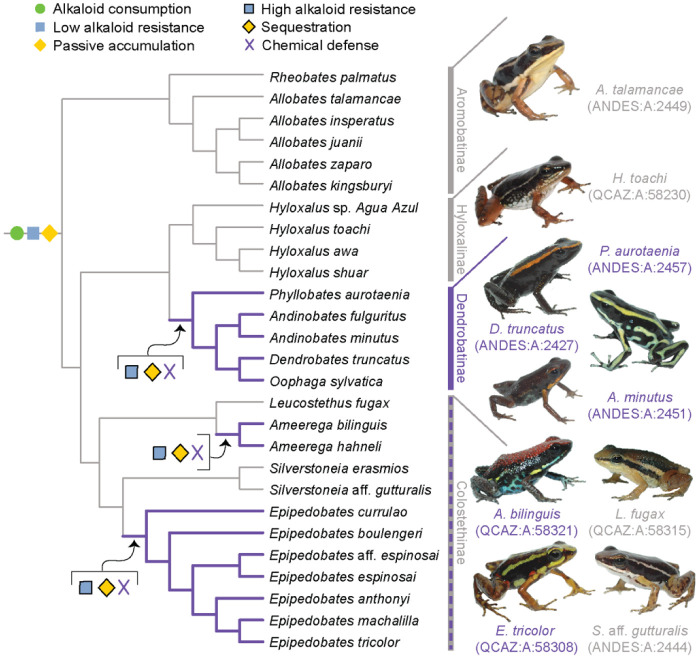Figure 1. A new evolutionary model of toxin sequestration in Dendrobatidae.
We propose that alkaloid consumption, some level of alkaloid resistance, and passive accumulation were present in the most recent common ancestor of Dendrobatidae; enhanced resistance and sequestration mechanisms then arose later, resulting in the chemical defense phenotype. Our model places less emphasis on dietary changes compared to prior studies, and more strongly emphasizes novel molecular mechanisms (e.g., binding proteins and target-site insensitivity; Alvarez-Buylla et al., 2023; Tarvin et al., 2017, 2016). Purple lines indicate lineages with chemical defense. Gray lines indicate lineages that putatively lack chemical defense. All images of frogs were taken by RDT and are identified by their museum number.

